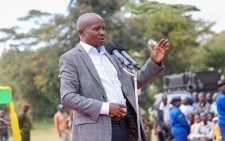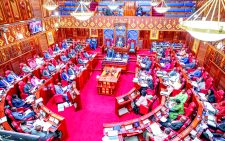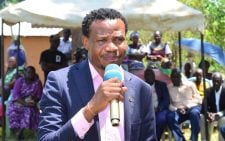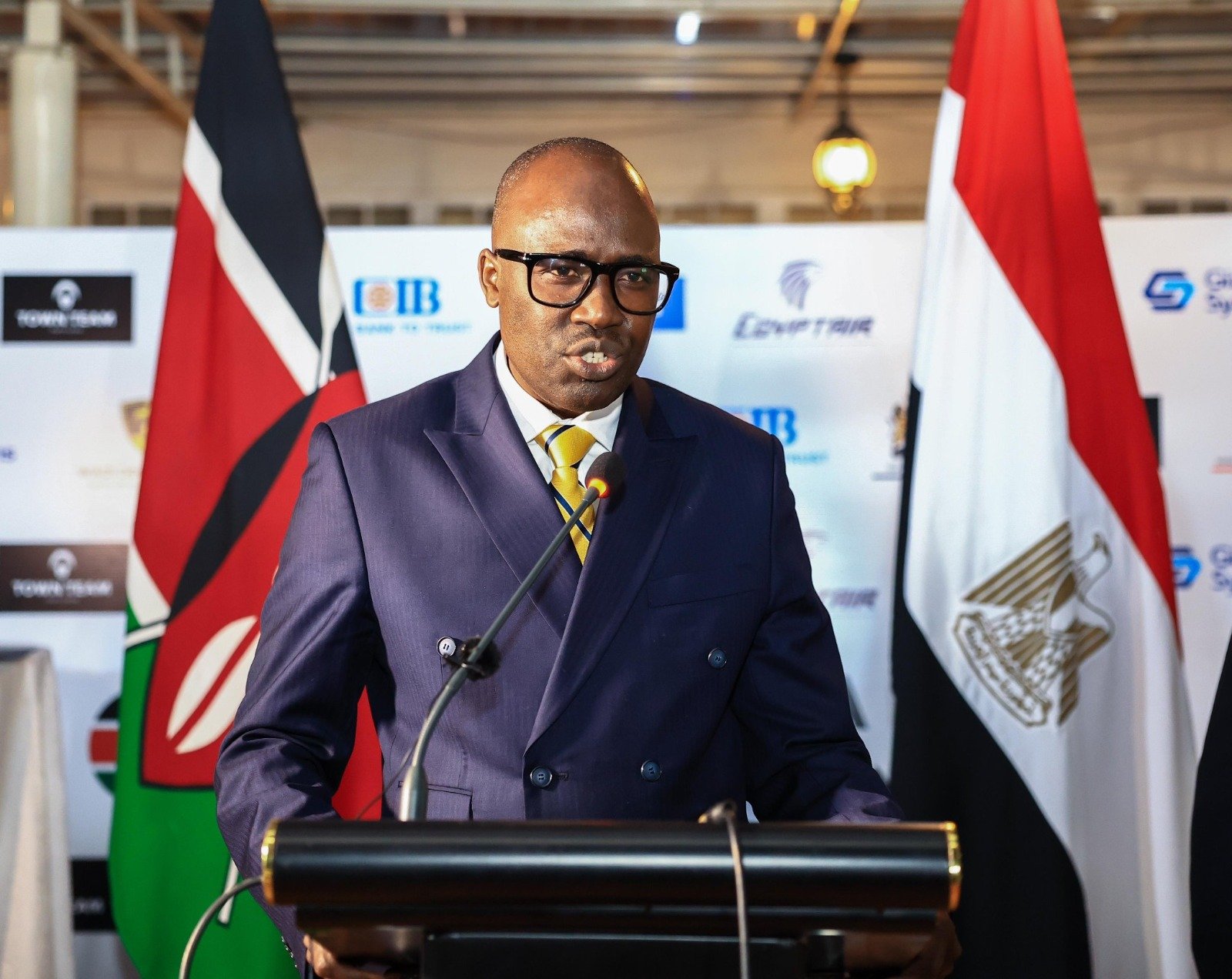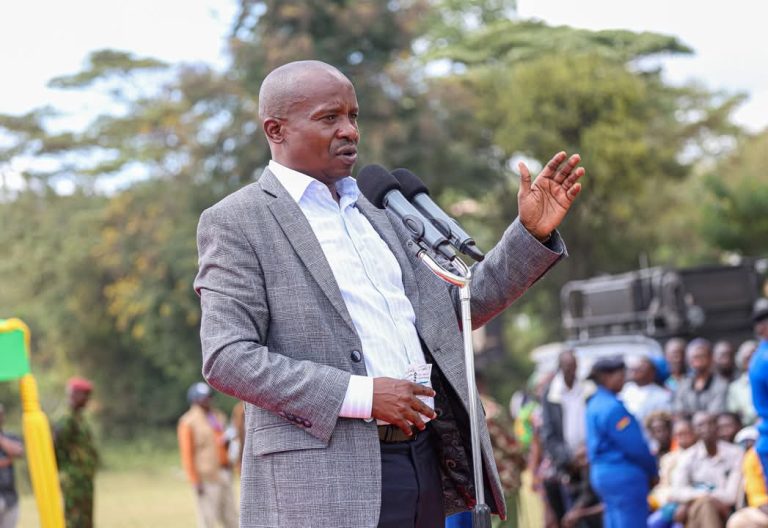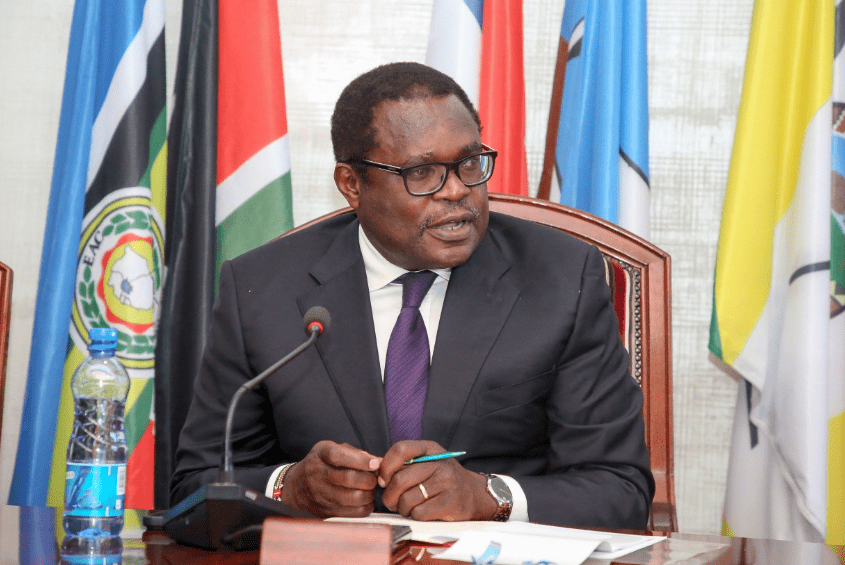No animal was knocked down during WRC Safari Rally, KWS announces
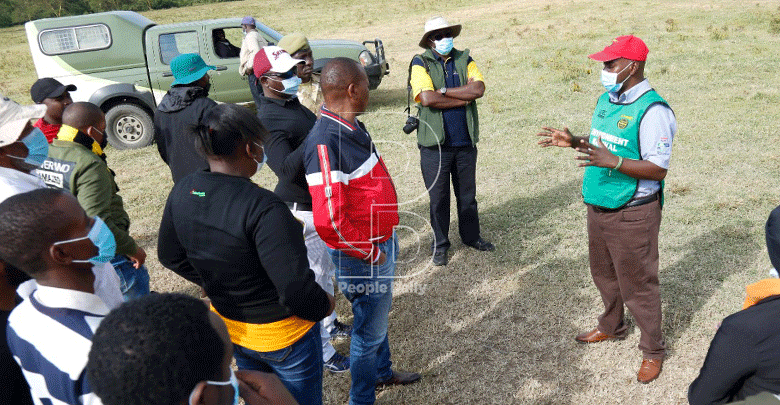
Key stakeholders like Kenya Wildlife Service (KWS) and ranch owners in their environmental assessment impact of the World Rally Championships (WRC) Safari Rally, have given the competition that traversed the rough terrains of Naivasha a clean bill of health.
The stakeholders put a united front aimed at countering selected claims that classified the Safari Rally that was making a comeback to the WRC series after 19 years, as a big health hazard in the region.
Led by Wildlife Research and Training Institute Chief Executive Officer Patrick Omondi, Soysambu conservancy representative Elizabeth Njeri, acting senior warden Francis Muchiri, together withChief Environment Officer Peris Njoroge, they all made a clarion call to have the event taking place in the region for the next six years.
“We are glad no animal was knocked down by the rally cars, especially the endangered Rothschild,” says Omondi.
Ahead of the rally, Omondi revealed a joint task force between the WRC Safari Rally and the KWS was formed to manage the environmental impact of the championship which attracted over 845 million viewers across the globe.
“We did a pre-survey on all the 11 rally routes. We put mitigation measures on the animal crossing areas, which were properly mapped,” he said.
The rally that was staged in jaw-dropping scenic floor of the Rift Valley through sections that include Elementeita, Sleeping Warrior, Loldia, Malewa, Soysambu conservancy and Kedong Ranch saw the owners cash in big time.
“I am particularly impressed with the kind of publicity we received during the rally. We were able to have so many visitors coming over to sample what we have to offer. Coming from a difficult season, the rally did boost us a lot,” said Njeri.
On crowd management during the rally, Njeri says they had law enforcement teams that handled the situation well throughout the event.
“What we witnessed is that the people love rally alot. From what I saw, the fans will enjoy the Safari Rally in the next three years that we have partnered with WRC,” she said.
Kedong ranch, located on the foothills of Mount Longonot, and on the shores of Lake Naivasha, that featured 21 designated media filming points also gave a clean bill of health so did the Malewa Bay and Hells Gate that was used as a power stage section.
On his part, Muchiri said the championship had no negative impact on the environment as earlier reported.
“Wastes were properly managed. They were disposed of well during and after the rally.
The Parks like Hells Gate were properly cleaned during the rally with the remaining cleaning done the following morning,” he said.
Meanwhile, KWS has also planted over 1000 indigenous seedlings to mitigate the carbon effect emitted by the rally cars during the Safari.
“Our plan is to plant 19 million seedlings,” noted Omondi while confirming that grass has also been planted in open areas around the KWS Service Park that are palatable to the animals.

